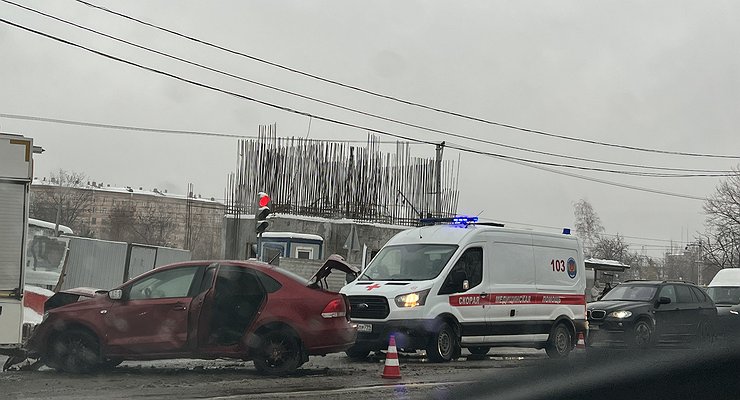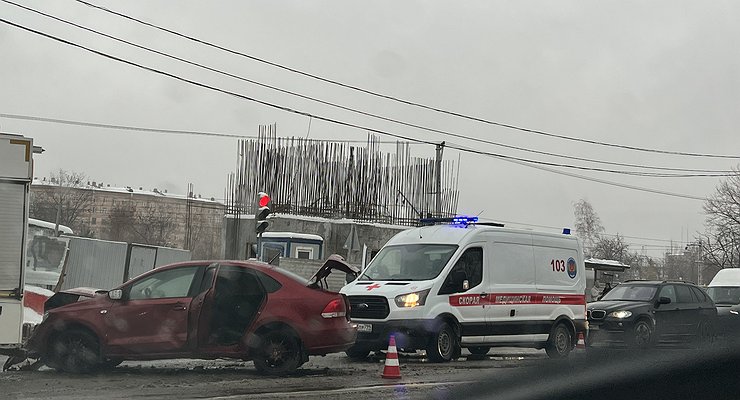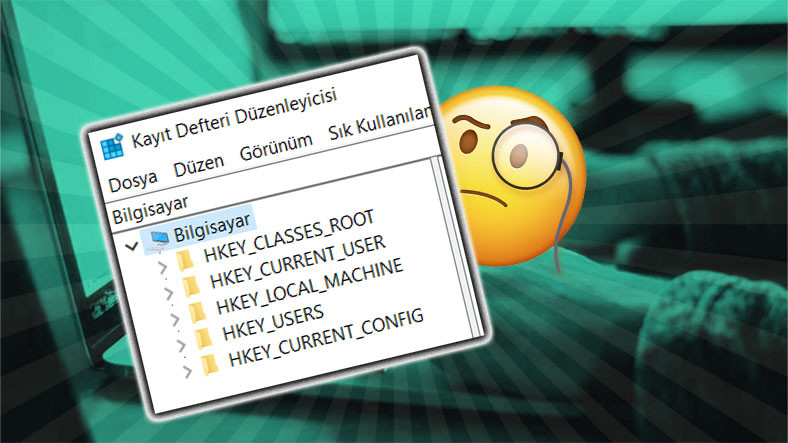
Four ministries – the Ministry of the Interior, the Ministry of Emergencies, the Ministry of Health and the Ministry of Transport – have written a document on how they will act in the event of an accident in the near future. Now four ministries will directly treat the victims of the accident? Will the survival rate increase? Will pharmacies be closed? After all, all the services of these departments are able to provide first aid, and eventually, in an organized manner, in eight hands, they will begin to save … Unfortunately, as the AvtoVzglyad portal found out, no.
The ministries did not plan to treat anyone, did not think to provide assistance to victims at the scene of traffic tragedies. They met on a more important occasion – they developed a “uniform regulation for eliminating the consequences of traffic accidents.” And now, in addition to the bleeding people, everyone will clearly act according to the algorithm in accordance with the tasks set.
Ministry of Health will (if necessary) call in the services of disaster medicine, evacuate the victims and take care of them in hospitals. Not exactly where the blood is a river, but where they will be taken. Ministry of Transport will undertake the movement of damaged cars from the roadway and out of ditches. In addition, the document assigns to the department the repair of damaged road signs and traffic lights. Ministry of Emergency Situations will extinguish fires caused by traffic accidents, and also prevent the “spread of secondary harmful factors” when it comes to cases, for example, fuel leaks due to traffic accidents. And the task MIA: direct the crowds in the incident area. According to the newspaper, the elimination of the consequences of a particular accident should be led by a senior police officer on the scene.
…Where is the real help? Where is the rescuer with a tourniquet, an ambulance with antiseptics, a traffic cop with a bandage? The regulation states that the regions must independently develop and approve their own instructions, in which they will next time describe the areas of responsibility of police and ambulance personnel for specific road sections. Which does not guarantee the provision of help to people who die on the sidelines, since neither the regulations nor the instructions indicate that people should be treated.
The ministries did not plan to treat anyone, did not think to provide assistance to victims at the scene of traffic tragedies. They met on a more important occasion – they developed a “uniform regulation for eliminating the consequences of traffic accidents.” And now, in addition to the bleeding people, everyone will clearly act according to the algorithm in accordance with the tasks set.
Ministry of Health will (if necessary) call in the services of disaster medicine, evacuate the victims and take care of them in hospitals. Not exactly where the blood is a river, but where they will be taken. Ministry of Transport will undertake the movement of damaged cars from the roadway and out of ditches. In addition, the document assigns to the department the repair of damaged road signs and traffic lights. Ministry of Emergency Situations will extinguish fires caused by traffic accidents, and also prevent the “spread of secondary harmful factors” when it comes to cases, for example, fuel leaks due to traffic accidents. And the task MIA: direct the crowds in the incident area. According to the newspaper, the elimination of the consequences of a particular accident should be led by a senior police officer on the scene.
…Where is the real help? Where is the rescuer with a tourniquet, an ambulance with antiseptics, a traffic cop with a bandage? The regulation states that the regions must independently develop and approve their own instructions, in which they will next time describe the areas of responsibility of police and ambulance personnel for specific road sections. Which does not guarantee the provision of help to people who die on the sidelines, since neither the regulations nor the instructions indicate that people should be treated.
Source: Avto Vzglyad
Donald Salinas is an experienced automobile journalist and writer for Div Bracket. He brings his readers the latest news and developments from the world of automobiles, offering a unique and knowledgeable perspective on the latest trends and innovations in the automotive industry.














